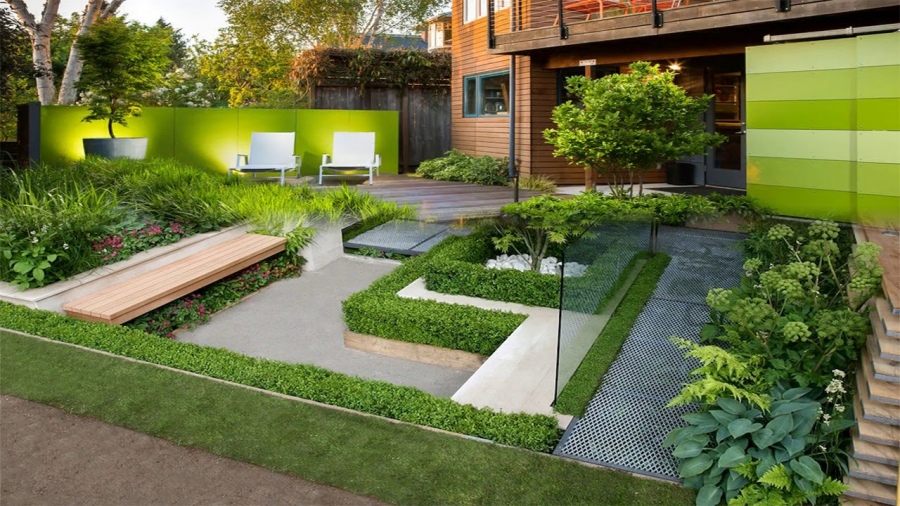The Twin Cities Assembly plant was a mainstay of the area’s manufacturing core for more than 85 years, opening in 1925 and finally closing in 2011. The plant has produced everything from the Ford Model T to most recently the Ford Ranger small pickup truck, with the final vehicle rolling off the assembly lines on December 16, 2011. The buildings are all scheduled for demolition, with redevelopment plans contingent on the area’s pollution reports. All of this has been known for some time. Indeed, initial plans for plant closure was announce back in 2006. While the effects have been planned for many years, what exactly have the affects been since the closure, most specifically on the area’s home values, is still up for question.
Inevitable decline? Anytime a large employment concern such as a factory employing so many workers closes its doors, there is inevitably some back lash on the local economy. However, when a company is able to step down employment over the course of several years, as was the case here, the impact is lessened and parceled out over a greater time frame. In likelihood, most fallout from the closures have been mitigated but this slow gear down. Considering that the Twin Cities have one of the more robust local housing markets in the country right now, it’s unlikely that there was any “flood” on the market that would have made a noticeable effect on over all pricing.
Economic Impact? The biggest loss is the hundreds of well-paying jobs that have been lost with the plant closure. Even assembly line autoworkers earn significantly more per hour than most other “blue-collar” jobs, and the loss of this income, coupled with likely decreased spending power is bound to affect the local economy. Again though, this is unlikely to touch the housing market in any significant way. The overwhelming majority of home buyers are investors, first timers, and those moving into an area.
New Housing. The biggest effect in the next few years is most likely tied up in how the land that he plant currently sits on is put to use. Assuming ecological concerns don’t hamper development too much, the 122 acres sits in the middle of a very desirous area of St. Paul. The options here are varied, with everyone calling for a different purpose. Some want to replace the factory with a new office park, others want a higher density more urban like area, while more still would like to see a suburban development that more mirrors the surrounding neighborhood.
The best option now is to sit tight and follow developments. Once the plans are finally announced, the savvy investor can make their own informed opinion and take full advantage of whatever direction the market will be presumed to make.
Ross Herman is a blogger for We Buy Ugly Houses Twin Cities. If you have any real estate needs in Minneapolis & St. Paul contact us today!
Ford Ranger Plant In Twin Cities – Will it Impact Home Values?






The scary part of this is indeed the ‘ripple effect’. While I understand we’re talking about housing marketing investment climate, there’s still the haunting thought of how much further the impact goes past even that. If anything, local housing investments could actually promote healing for the economy there.
Interesting article. I wonder how the land will get used. I can see it being transformed into a new suburban neighborhood, but a new business park might be what the local economic climate needs to attract new jobs to the area.
It will be interesting to see what is done with the land, in other areas of the country when shopping areas or business centers replace large land plots like this one it can have a dramatic effect on the existing housing the area as well as encourage new homes to be built nearby to accommodate the new hotspot.